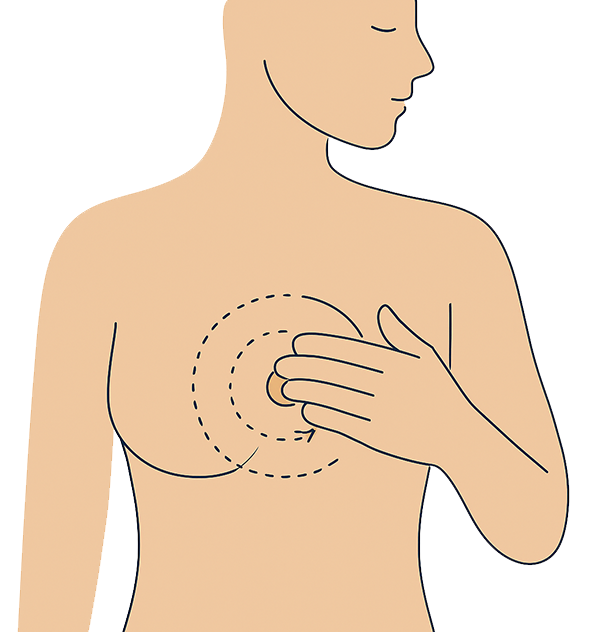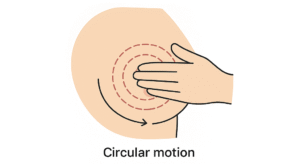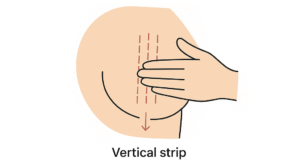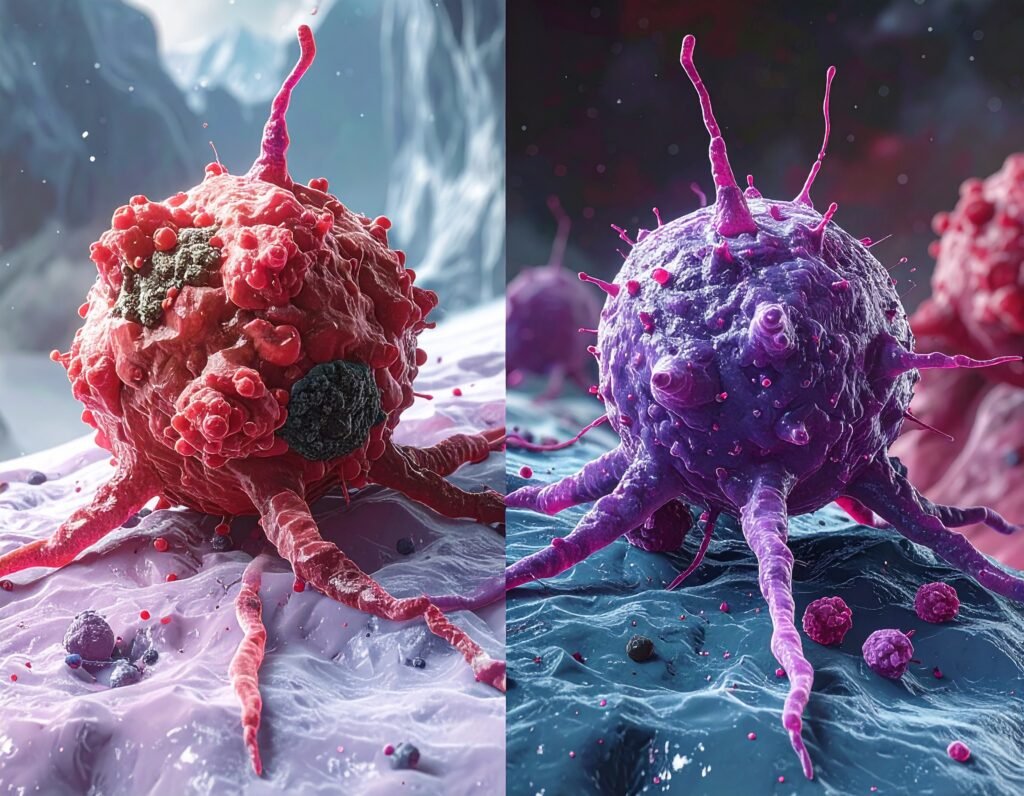
How to Perform a Breast Self-Exam: Step-by-Step Guide
Regular breast self-exams help you become familiar with your breasts and notice any changes early. While they don’t replace routine screenings like mammograms, knowing what’s normal for you is an important part of breast health
Step 1: Choose the Right Time
Menstruating women: 3–5 days after your period starts, when breasts are least tender or swollen
Postmenopausal women: pick the same day each month for consistency

Step 2: Look at Your Breasts in the Mirror
Stand in front of a mirror with shoulders straight and arms on your hips:
Check for changes in size, shape, or symmetry
Look for dimpling, puckering, or bulging of the skin
Notice changes in the nipple, such as inversion (if it wasn’t previously inverted) or discharge
Then, raise your arms overhead and look for the same signs
Tip: Take a photo reference (optional) to track changes over time, but only keep it private and secure


Step 3: Examine While Lying Down
Lie on your back with a pillow under your right shoulder
Place your right hand behind your head
Use the pads of your left hand to feel your right breast
Use small circular motions with varying pressure:
Light pressure for skin and tissue just beneath
Medium pressure for tissue in the middle of the breast
Firm pressure for deep tissue near the chest and ribs
Follow a pattern: circular motions, vertical strips, or wedge shapes from the nipple outward
Repeat on the left breast using your right hand
Step 4: Examine While Standing or Sitting
Many people find it easiest in the shower
Use the same circular or vertical strip technique to feel for lumps or thickened areas
Tip: Be consistent with your method so you can detect any new changes accurately
Step 5: Know What’s Normal
Breasts naturally feel lumpy or uneven, especially before your period. Look for new or unusual changes, such as:
A hard lump or thickened area
Swelling, warmth, or redness
Skin changes (dimpling, puckering, rash)
Nipple changes (discharge, inversion, pain)
Step 6: Report Changes
If you notice anything new, persistent, or unusual, contact your healthcare provider promptly
Most changes are not cancer, but early evaluation is key to peace of mind and safety
Key Takeaways
Perform a self-exam monthly
Pair with routine clinical breast exams and mammograms as recommended by your doctor
Knowing your normal breast texture and appearance is the most important tool in early detection
Early detection saves lives. Schedule regular screenings and consult your healthcare provider if you notice any unusual changes

